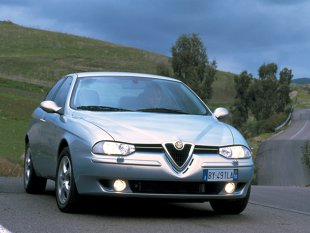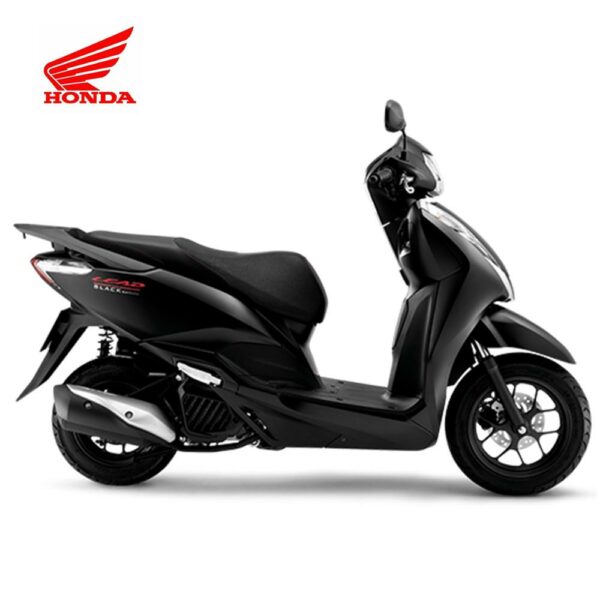
Engine problems. These perennial units consume oil
 Many drivers mistakenly believe that low mileage engines do not need to check the oil level.
Many drivers mistakenly believe that low mileage engines do not need to check the oil level.
This image is very dangerous for our drive and, accordingly, for our wallet. Particular vigilance should be exercised by sports car users, drivers who frequently move at high speeds on the highway and make trips over short city distances, regardless of the age and mileage of their car.
In sports cars, oil consumption occurs due to the deliberate loose fit of engine components. This is due to the harsh operating conditions (high speeds) and higher operating temperatures, which cause the elements to expand and only when the engine is warm can proper sealing be achieved.
Short city runs cause the engine to be constantly underheated and oil seeps between cold, leaky parts of the cylinder and into the combustion chamber.
 On the other hand, prolonged driving at speeds close to the maximum causes a constant high pressure in the cylinder cavity, which also accelerates the loss of oil. In all of the above cases, experts recommend checking the oil at every full refueling or at least once every 1000 km.
On the other hand, prolonged driving at speeds close to the maximum causes a constant high pressure in the cylinder cavity, which also accelerates the loss of oil. In all of the above cases, experts recommend checking the oil at every full refueling or at least once every 1000 km.
The editors recommend: SDA. Lane change priority
Unfortunately, there have been and are engines on the market that "take" oil under normal operating conditions.
There can be many reasons for this. From design errors to the technical characteristics of a given model.
Below I will try to present the most popular units that, regardless of their technical condition, burn oil in addition to fuel.
Let's start with an unusual design, namely the Japanese Wankel engine. Mazda has been developing the concept of a rotating piston engine for many years. It is worth noting that the Japanese concern released the first engine of this type under license from NSU. The latest Japanese incarnation of this unit was the engine installed on the Mazda RX8, produced until 2012. Engine performance was impressive. From the power of 1,3, the Japanese received 231 hp. Unfortunately, the main design problem with this assembly is the sealing of the rotating piston in the cylinder. Requires low mileage before overhaul and high oil consumption.
The Japanese also have problems with classic (piston) piston engines.
Nissan in the Primiera and Almera models installed 1,5 and 1,8 16V engines, which were installed at the factory with defective piston rings. Interestingly, even attempts at mechanical intervention and repair often did not bring the expected results. Desperate drivers often used thicker oil to keep it out of the combustion chamber.
Even Toyota, known for its reliability, had a series of 1,6 and 1,8 Vti engines that could burn over a liter of oil per thousand kilometers. The problem was so serious that the manufacturer decided to replace entire blocks of failed engines under warranty.
Popular engines that "take" oil are also the 1,3 MultiJet / CDTi diesel and the 1,4 FIRE gasoline. These engines are valued by drivers and mechanics for their low failure rate, high work culture and low fuel consumption. Unfortunately, the engine oil level in these units should be checked at least once every 1000 km. This also applies to new ones. These designs simply burn the engine oil and topping it up is part of the routine maintenance on these models.
 Another engine that “accepts” oil in the Fiat concern was the 2,0 JTS gasoline aspirated engine, which was used from min. in Alfie Romeo 156. The unit uses direct fuel injection, which significantly improved engine parameters. In fact, the brand new Italian engine responded spontaneously to gas, impressing with dynamics, maneuverability and relatively low fuel consumption. However, gasoline direct injection had a negative effect on cylinder bore lubrication, allowing vehicles with less than 100 km to be used. km were suitable for the repair of a marching engine. This was manifested by large, constant losses of engine oil that entered the combustion chamber through damaged surfaces.
Another engine that “accepts” oil in the Fiat concern was the 2,0 JTS gasoline aspirated engine, which was used from min. in Alfie Romeo 156. The unit uses direct fuel injection, which significantly improved engine parameters. In fact, the brand new Italian engine responded spontaneously to gas, impressing with dynamics, maneuverability and relatively low fuel consumption. However, gasoline direct injection had a negative effect on cylinder bore lubrication, allowing vehicles with less than 100 km to be used. km were suitable for the repair of a marching engine. This was manifested by large, constant losses of engine oil that entered the combustion chamber through damaged surfaces.
German manufacturers also face similar problems. The famous, first series of TSI engines impressed with its parameters, but it soon became clear that the units had many, very serious design flaws. Cracks in the blocks, falling apart (literally) timing gears and factory defective rings. The latter resulted in very high oil consumption and at least a partial overhaul of the engine.
Another German manufacturer struggling with this problem is Opel. The EcoTec 1,6 and 1,8 series consume a lot of oil. This does not affect the durability of these units, but it forces, as in the case of 1,3 MultiJet / 1.4 FIRE, to constantly and regularly monitor its level.
The French (PSA) 1,8 XU had similar problems - faulty rings and valve stem seals through which oil leaked forced Peugeot to urgently finalize the unit. Since 1999, the plant has been operating virtually flawlessly.
Similarly, the multi-award winning and highly acclaimed 1,6 THP engine assembled by PSA and BMW. It also happens here that a brand new unit can burn through a liter of oil for every 2500 kilometers traveled.
The above examples clearly show that oil "bleed" problems affect many makes and models of vehicles. It doesn't matter country of origin, age or mileage. With new cars, you can try to advertise the car, but manufacturers protect themselves from liability by prescribing an oil consumption rate in the manual - a liter per thousand kilometers.
What can we do as drivers? Control! At each refueling or every 1000 km, remove the dipstick and check the oil level. In the era of turbocharging and direct injection, this stage of work has become even more important than a few years ago.
See also: Peugeot 308 station wagon
